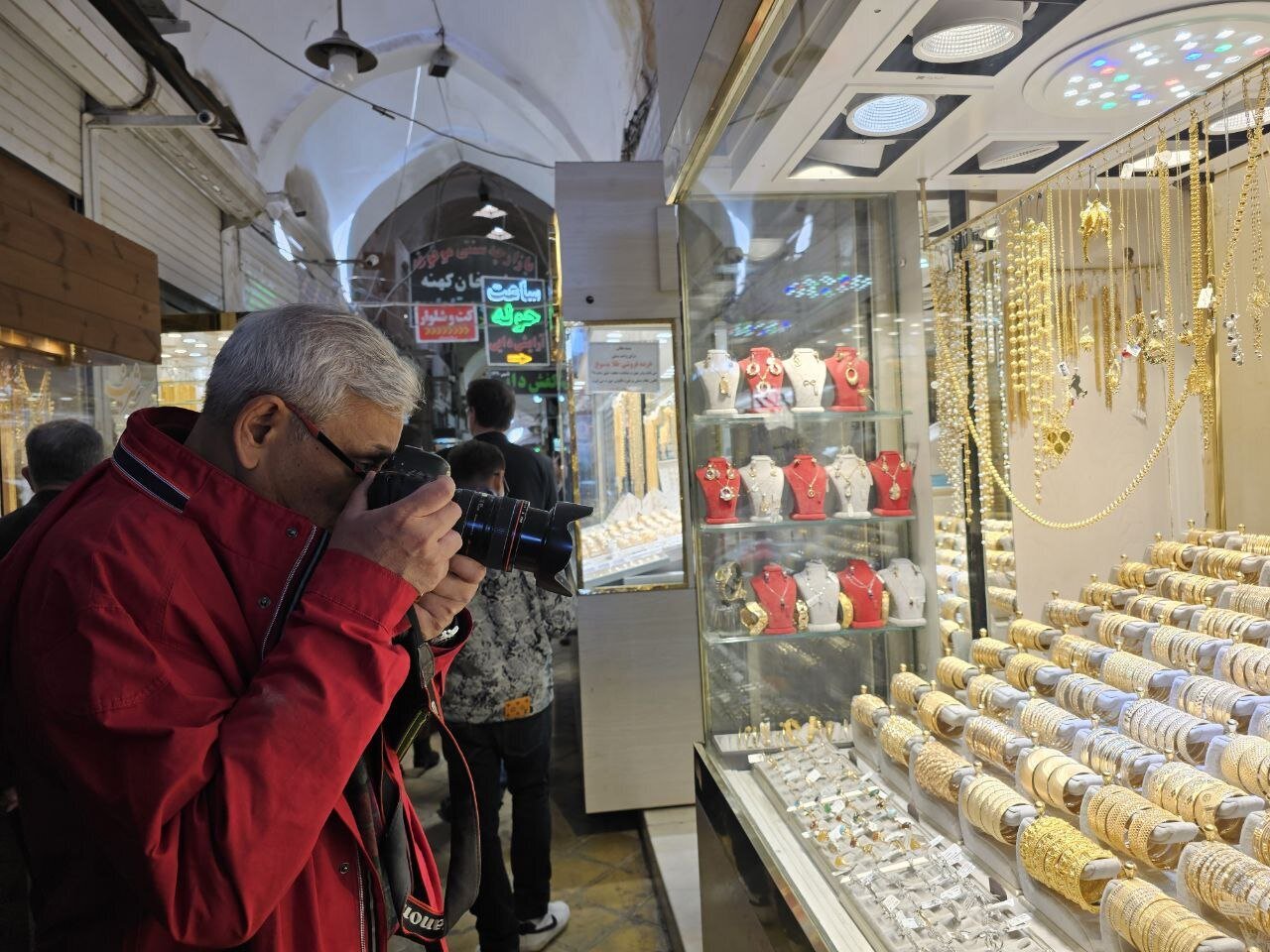Yazd recognized as world city of traditional jewelry by World Crafts Council

TEHRAN – The historic city of Yazd has been officially designated as the world city of traditional and handcrafted jewelry by the World Crafts Council (WCC), marking another significant international cultural achievement for Iran.
In that regard, Cultural Heritage, Tourism and Handicrafts Minister Seyyed Reza Salehi-Amiri on Monday, congratulated the nation, especially the people and artisans of Yazd, on this milestone, describing it as a powerful symbol of the deep connection between the country’s ancient traditions and modern creativity.
“This recognition is a clear testament to Yazd’s rich cultural and artistic potential and reflects the effectiveness of our ‘heritage diplomacy’ strategy, aimed at strengthening Iran’s cultural brand and social resilience,” Salehi-Amiri said in a press conference.
The designation follows a thorough evaluation process, including a field visit by a team of WCC experts earlier this year. The experts conducted on-site assessments, engaged with local craftspeople, and explored Yazd’s capacity to represent the global standard in traditional jewelry-making.
The minister also credited the success to the joint efforts of the Yazd provincial government, private sector partners, and the region’s vibrant community of craftspeople and entrepreneurs.
“Their collaboration in building creative production and distribution networks played a vital role in achieving this global recognition,” he said, calling it “a successful model of harmonizing grassroots and governmental capabilities.”
This is not the first time Yazd has gained international acclaim. In 2017, the city’s historic urban fabric was inscribed on the UNESCO World Heritage List as the first historic city in Iran to receive such status.
Salehi-Amiri described this new recognition as “a fresh step forward in Yazd’s journey toward global prominence and its firm place in the world’s cultural knowledge ecosystem.”
In addition, the minister emphasized the importance of handicrafts in shaping Iran’s creative economy. “Yazd’s traditional jewelry, with its deep roots, unique techniques, and authentic aesthetics, has the potential to redefine Iran’s role in the global, culture-driven economy,” he added.
Zargari of Yazd
The history of Zargari, or the art of jewelry making, in the historic city of Yazd dates back approximately 2,000 years, as supported by reliable evidence. This ancient craft has been passed down through generations, maintaining its distinctive and intricate techniques that make Yazdi jewelry nearly impossible to replicate. Some exquisite pieces, dating back 500 years, are found exclusively in Yazd.
Jewelry making is one of the most renowned traditional arts of Yazd, recognized both in Iran and internationally as Yazdi Zargari.
Unlike the standard 18-karat gold commonly produced in Iran, Yazd’s traditional goldsmiths craft their pieces with a fineness of 20 karats. This higher purity level is one of the key factors behind the esteemed reputation of Yazd’s traditional jewelry.
Available evidence shows the discovery of jewelry from the Parthian era, dating back around 2,000 years, in the historic region of Mehriz. These findings further attest to the city’s deep-rooted legacy in gold ornamentation.
One of the most iconic jewelry pieces from Yazd is the “Chin-Abi” chain, named after its unique manufacturing technique. The hallmark of this chain is its extraordinary softness, designed to mimic the fluidity of water. It is crafted from delicate golden filaments, rods, and 20-karat gold rings unique to Yazd, often combined with copper and silver alloys.
Other traditional chain-making methods, such as “Hel Malileh Yazdi,” “Toop Malileh Yazdi,” and “Hel va Gol-e Yazd,” are distinctive techniques belonging to Yazdi Zargari.
Those time-honored craftsmanship techniques have been officially recognized and registered as part of Iran’s intangible cultural heritage, ensuring their preservation for future generations.
AM
Leave a Comment